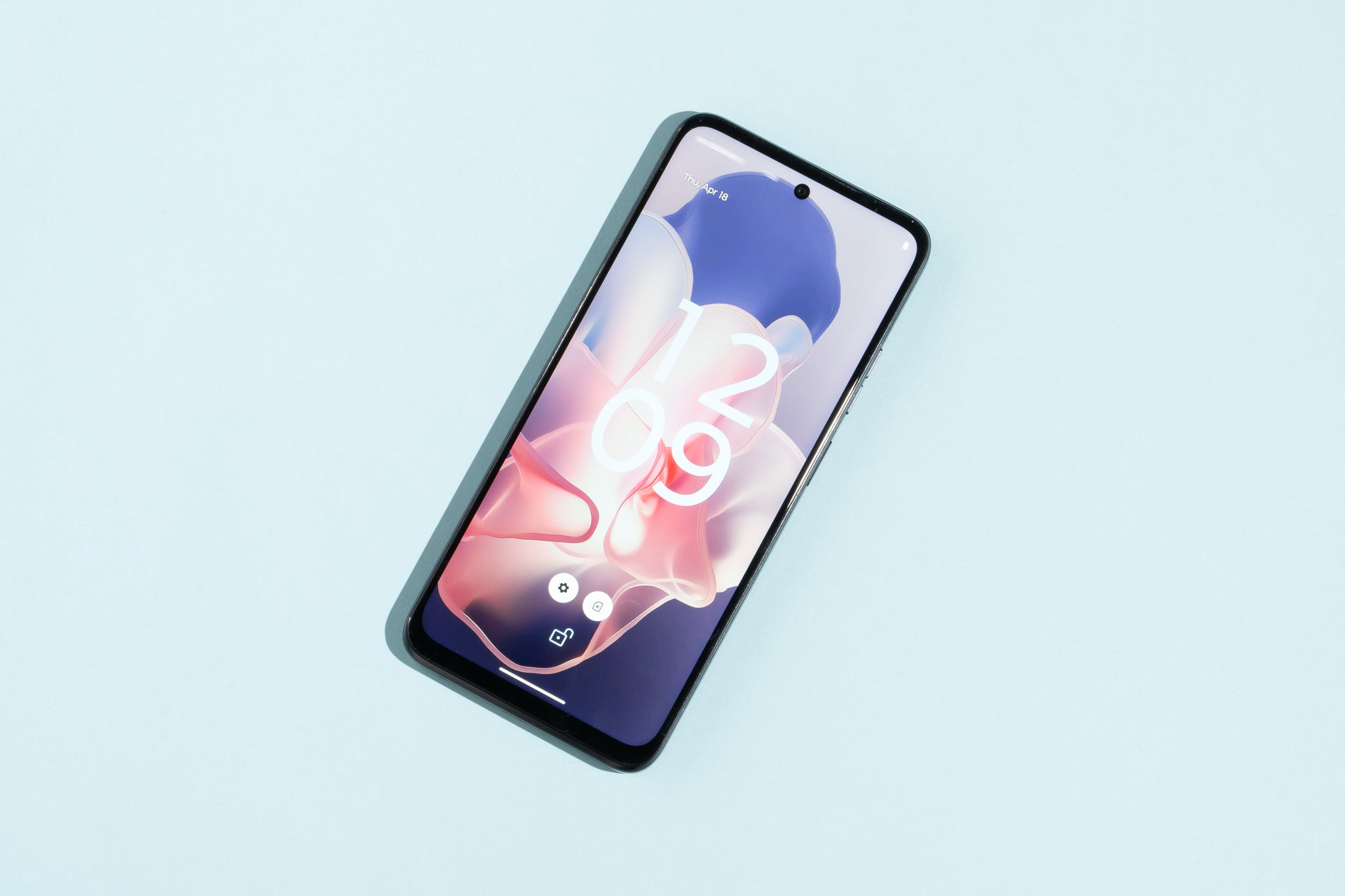
Source: Nytimes.com
Overview of Affordable Android Phones
Affordable Android phones offer excellent value by combining powerful processors, high-quality cameras, and long-lasting batteries. Here are some key features you can expect:
Extending Battery Life
- Manage background apps
- Optimize performance for smoother multitasking
- Enhance security with regular updates
- Improve camera quality through software tweaks
- Boost connectivity for faster internet speeds
- Customize user experience with various themes and settings
Optimizing Performance
- Close unused apps
- Restart your phone weekly
- Update software regularly
- Avoid live wallpapers
- Minimize the number of widgets
Enhancing Security
- Use strong passwords
- Enable two-factor authentication
- Install trusted apps only
- Regular software updates
Improving Camera Quality
- Use HDR mode for better photos
- Night mode for low-light conditions
- Clean the lens regularly
Customizing User Experience
- Change wallpapers
- Use widgets for quick access to important apps
- Organize apps into folders
Tips for Getting the Most Out of Your Device
Battery Life
- Lower Screen Brightness: Reduces power consumption and helps your battery last longer.
- Use Battery Saver Mode: Limits background data and turns off unnecessary features.
- Close Unused Apps: Reduces battery drain from background apps.
Camera
- Clean the Lens: Ensures clear and crisp photos.
- Use HDR Mode: Balances exposure for better photos.
- Adjust Focus Manually: Captures sharper images, especially in low-light conditions.
Storage
- Delete Unused Apps: Frees up storage space.
- Move Photos to Cloud Storage: Services like Google Photos or Dropbox help free up space.
- Clear Cache Regularly: Maintains performance and frees up storage space.
Performance
- Restart Your Phone Weekly: Clears out temporary files and keeps your device running smoothly.
- Update Software: Ensures the latest security patches and performance improvements.
- Avoid Live Wallpapers: Consumes more power and slows down your device.
Security
- Use a Strong Password: Avoid easily guessable passwords like birthdays or common words.
- Enable Two-Factor Authentication: Adds an extra layer of security.
- Install Trusted Apps Only: Avoid installing malware by using trusted sources like Google Play Store.
Connectivity
- Turn Off Bluetooth When Not in Use: Saves battery life.
- Use Wi-Fi Over Mobile Data: Saves on data usage and extends battery life.
- Reset Network Settings If Issues Arise: Helps resolve connectivity problems.
Customization
- Change Wallpapers: Personalizes your device.
- Use Widgets for Quick Access: Streamlines your workflow.
- Organize Apps into Folders: Declutters your home screen.
Accessibility
- Enable Voice Commands: Helps navigate through your device hands-free.
- Use Screen Readers: Assists visually impaired users.
- Adjust Text Size for Readability: Improves readability for those with vision impairments.
Troubleshooting Common Problems
Battery Draining Quickly
- Lower Screen Brightness: Reduces power consumption.
- Turn Off Unused Apps: Helps reduce battery drain.
- Disable Background Data: Extends battery life.
- Switch Off GPS When Not Needed: Saves power.
Phone Overheating
- Avoid Using While Charging: Prevents overheating.
- Close Unused Apps: Reduces heat generation.
- Keep Out of Direct Sunlight: Prevents overheating.
Slow Performance
- Clear Cache: Maintains performance by removing temporary files.
- Uninstall Unused Apps: Frees up RAM and improves performance.
- Restart the Device: Clears out temporary files.
App Crashes
- Update the App: Resolves compatibility issues.
- Clear Cache: Helps resolve crashes.
- Reinstall the App: Necessary if other solutions fail.
Connectivity Issues
- Toggle Airplane Mode: Resets network settings.
- Restart the Device: Helps resolve connectivity issues.
- Reset Network Settings: Resolves persistent connectivity problems.
Storage Full
- Delete Unnecessary Files: Frees up storage space.
- Move Data to an SD Card: Frees up internal storage space.
- Use Cloud Storage: Services like Google Photos or Dropbox help free up space.
Screen Unresponsive
- Clean the Screen: Resolves issues with screen responsiveness.
- Remove Screen Protector: Helps resolve screen responsiveness issues.
- Restart the Phone: Resolves persistent issues.
Bluetooth Not Pairing
- Turn Bluetooth Off and On: Resolves pairing issues.
- Forget the Device: Pair again to resolve issues.
- Reset Network Settings: Resolves persistent pairing problems.
Camera Not Working
- Restart the Phone: Resolves issues with the camera app.
- Clear Camera App Cache: Helps resolve issues.
- Update Software: Ensures the latest camera app updates.
No Sound
- Check Volume Settings: Resolves issues with sound.
- Ensure Do Not Disturb is Off: Helps resolve sound issues.
- Restart the Device: Resolves persistent sound problems.
Great Choices for Budget-Friendly Android Phones
Google Pixel 6a
- Excellent camera experience
- Clean Android software
- Compact design
- Smaller battery (4500mAh) but provides a day's worth of usage with moderate use
Samsung Galaxy A52
- 6.5-inch Super AMOLED display
- Quad-camera setup
- Large 5000mAh battery
- Mediocre performance for heavy gaming but excellent for everyday use
OnePlus Nord 2
- Great performance
- Sleek design
- 6.43-inch AMOLED display
- Dual-camera setup
- Large 4500mAh battery
- Average camera performance but excellent for those who value performance over camera quality
